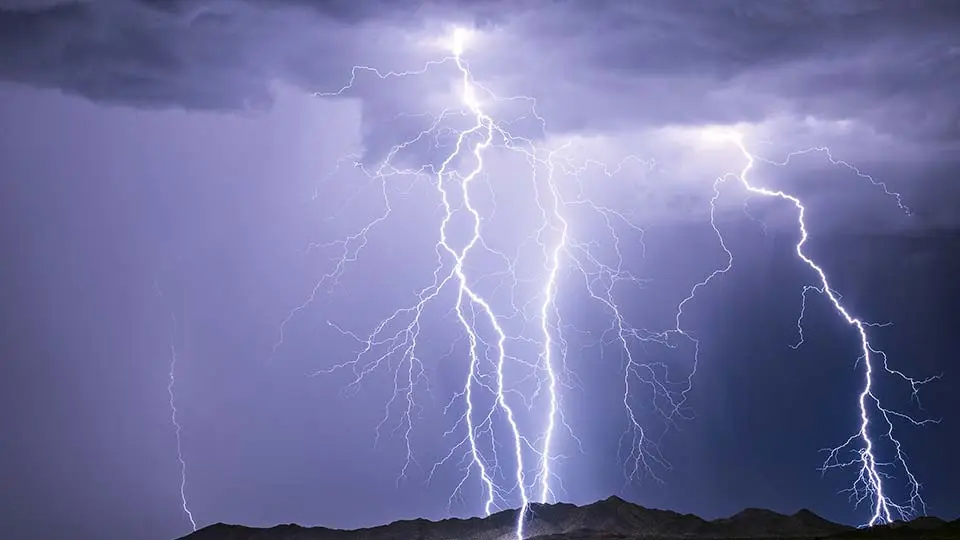Understanding a Severe Thunderstorm Warning
Severe weather can pose significant risks to life and property, and understanding the warnings issued can be crucial for taking appropriate safety measures. A severe thunderstorm warning is one such alert that is issued by meteorological agencies when dangerous weather conditions are imminent. Knowing what this warning entails, how it is issued, and what actions to take can help mitigate the risks associated with severe thunderstorms.
The Criteria for Issuing a Severe Thunderstorm Warning
A severe thunderstorm warning is issued when a thunderstorm is either observed or imminent and is producing or likely to produce one or more of the following hazardous conditions: hail one inch in diameter or larger, winds gusting in excess of 58 miles per hour, or a tornado. The National Weather Service (NWS) uses Doppler radar technology, satellite data, and ground reports to monitor storm developments and issue warnings accordingly.
When the NWS issues a severe thunderstorm warning, it means that there is substantial evidence, either through weather radar or through eyewitness reports, that a storm capable of producing damaging wind gusts and/or large hail is occurring or is about to occur. According to the National Severe Storms Laboratory, a thunderstorm is classified as “severe” when it contains one or more of the specified hazardous conditions.
The Importance of Taking Immediate Action
The issuance of a severe thunderstorm warning indicates imminent danger to life and property. When such a warning is issued, it is important to take immediate action to ensure safety. The NWS advises individuals to move to a sturdy building and stay away from windows, as flying debris generated by strong winds can be deadly. If there is no shelter available, lying flat in a ditch or low-lying area may offer some protection from the wind and flying debris.
It is also recommended to avoid electrical appliances and plumbing, as lightning can cause electric shocks, and to stay informed by listening to weather radio or checking local news for updates. Severe thunderstorm safety tips provided by the NWS include avoiding flooded roadways and being aware that severe thunderstorms can produce tornadoes with little or no warning.
After the Storm: Assessing and Reporting Damage
Once the severe thunderstorm has passed, it is important to assess the damage and report it to local authorities if necessary. This can include downed power lines, damaged buildings, and fallen trees. Reporting damage helps local emergency services to prioritize their responses and assists meteorologists in understanding the impacts of the storm.
It is also important to continue to monitor weather reports, as severe thunderstorms can occur in series or be followed by other types of severe weather. The aftermath of a storm can be just as dangerous as the storm itself, especially if it has caused power outages or structural damage.
In summary, a severe thunderstorm warning is a critical alert that requires immediate attention and action. By understanding what this warning means, taking prompt protective measures, and knowing how to respond afterward, individuals can greatly increase their safety during these potentially life-threatening weather events.







